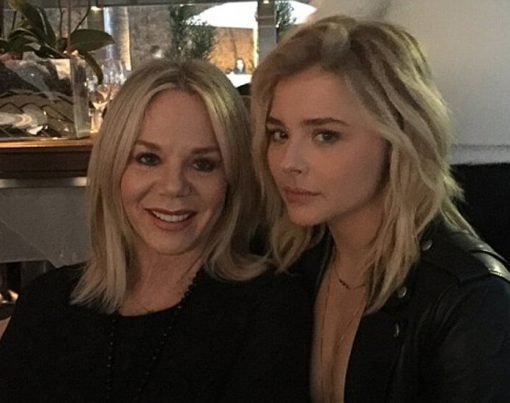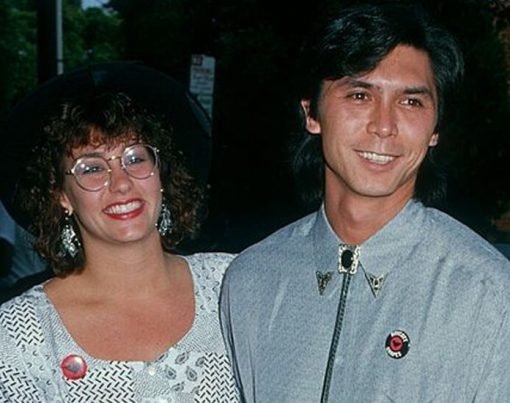For businesses to get an edge in today’s competitive market, creating smartly designed packaging artwork is essential. Packaging artwork can significantly amplify a brand’s presence with customers, conveying core values and distinguishing features of the product while also providing necessary information about it. Leveraging creative visuals, the artwork must tap into consumer emotions and evoke an excitement that will motivate them to make a purchase. When done right, packaging artwork can deliver a well-rounded approach, allowing companies to stand out among their peers and capture customer attention. Consequently, understanding the power of packaging artwork is integral to achieving success in the marketplace.
Table of Contents
Role of Packaging Artwork
While aesthetics play a vital role, packaging artwork must also deliver valuable information and offer functional benefits to consumers.
1. Conveying Product Information
The strategic use of visuals in product packaging is an important factor in the success of any marketing campaign. Graphics should concisely relate key details such as ingredients, usage directions, nutritional facts, and any certifications or awards related to the item. By capturing a customer’s attention with engaging imagery, as well as conveying informative product information, businesses can ensure that their products are both aesthetically pleasing and advantageous to consumers; thus increasing the likelihood of a purchase. By leveraging the power of multimodal communication to emphasize the value proposition of their products, companies can guarantee that their offerings rise above the competition and exceed customer expectations.
2. Ensuring User-Friendly Experience
Ensuring a user-friendly experience is an essential aspect of packaging design, as the practical elements of how a product is contained directly affect the perception and satisfaction of consumers. Packaging artwork should take into account features such as ease of opening, resealing, and storing in order to maximize convenience. It is important for designers to consider various scenarios that users may encounter when interacting with their product and provide solutions that simplify the process. Clear labeling or instructions regarding contents, directions for use, safety information, etc., should be easily visible and legible to ensure no confusion on the part of the consumer. Additionally, using intuitive designs such as gripping tabs or patterns that indicate which direction to open a package from can contribute massively to providing an enjoyable user experience. Ultimately, by carefully assessing all functional aspects of packaging and designing with user needs in mind, one can create an effective design that not only looks aesthetically pleasing but also promotes customer satisfaction and cultivates positive brand experiences.
3. Eliciting Positive Emotions
The strategic utilization of aesthetically pleasing packaging artwork has become a decisive factor for successful brand management. By adroitly combining colors, symbols, and typography to build an emotional bridge between the brand and its target customers, companies are likely to experience a surge in customer engagement and loyalty. Expertly crafted visuals that draw on pleasant feelings such as joy, enthusiasm, or nostalgia have great potential to increase long-term customer advocacy. To maximize this effect, designers must carefully consider the psychology of color, the influence of different shapes, and the power of symbols to emotionally resonate with their intended audience. Aside from creating visually appealing visuals, crafting powerful messaging that authenticates what makes a product special is also essential; when executed correctly, well-crafted designs can leave lasting impressions in customers’ minds – and generate renewed interest in purchasing more.
4. Establishing Authenticity and Trust
Establishing authenticity and trust through packaging artwork is an essential part of modern day marketing. It plays a crucial role in building relationships with customers, as it can effectively communicate a brand’s values and commitments, as well as reflect qualities like transparency, sustainability, or ethical practices. Such elements have been found to have a strong influence on purchase decisions in today’s consumer landscape where consumers are increasingly prioritizing socially responsible companies. Design choices such as using natural materials or detailed typography can be used to create packaging that conveys a sense of trustworthiness and inspires positive feelings about the brand. Furthermore, certain aesthetics such as muted colors or hand-drawn art can be employed to evoke a sense of vintage nostalgia, letting customers know that the brand is rooted in classic values but still in tune with contemporary trends. By carefully blending these various design techniques together, brands can craft packaging artwork that stands out from the crowd while transmitting core messages of authenticity and trust.
In the world of marketing and branding, packaging artwork is a pivotal element that can have significant implications for the success of a business. By conveying the essential values of a brand and product to consumers in an aesthetically pleasing way, packaging artwork serves as a mute yet persuasive salesperson. A well-crafted design can capture attention, excite curiosity, foster emotional connections with customers, and ultimately drive purchases. Companies should not view packaging artwork as just a protective shell rather it offers a unique opportunity to create an impactful and lasting impression on customers. Crafting eye-catching visuals, utilizing bold colors and fonts, consolidating key messaging into succinct copywriting, and producing interactive elements that encourage interaction are all approaches businesses can take to maximize their investment in the packaging artwork. With careful consideration and execution of these techniques, businesses will be able to stand out from the competition and demonstrate their commitment to customer experience. By recognizing the profound impact of packaging artwork, businesses can harness its potential to captivate consumers and propel their brands forward with the compelling packaging artwork that you need.










